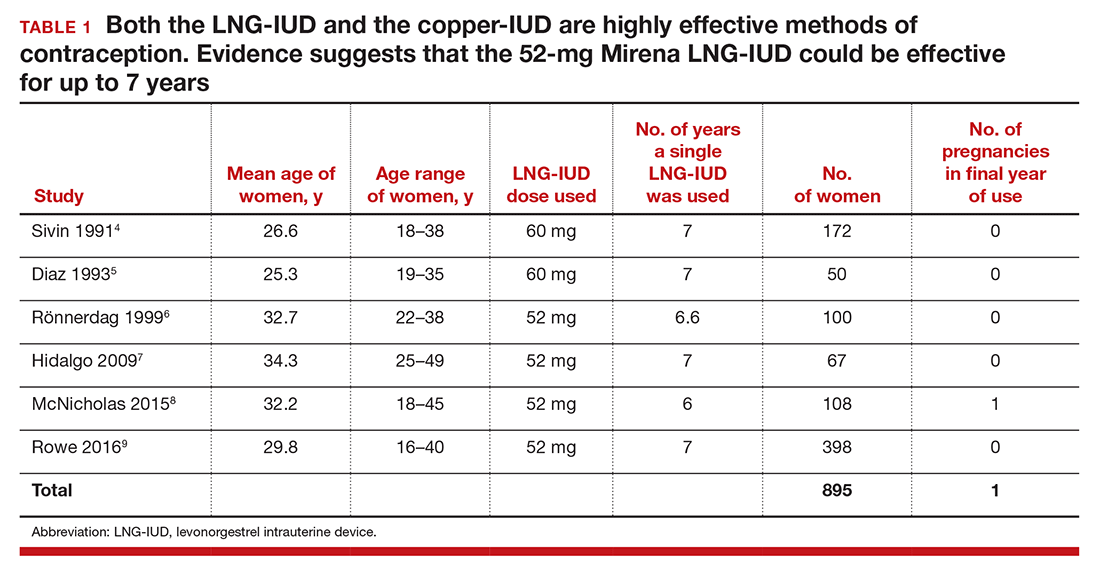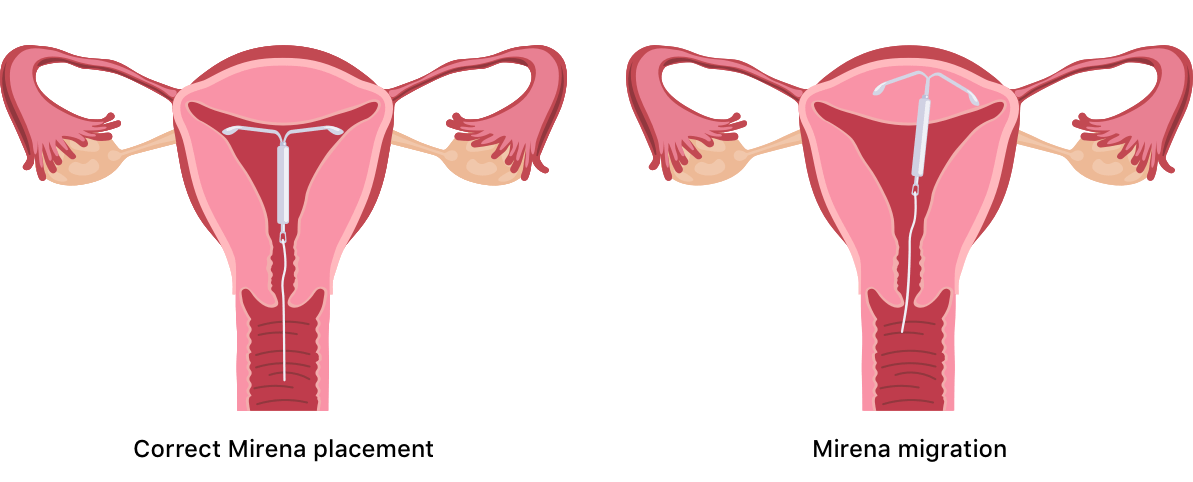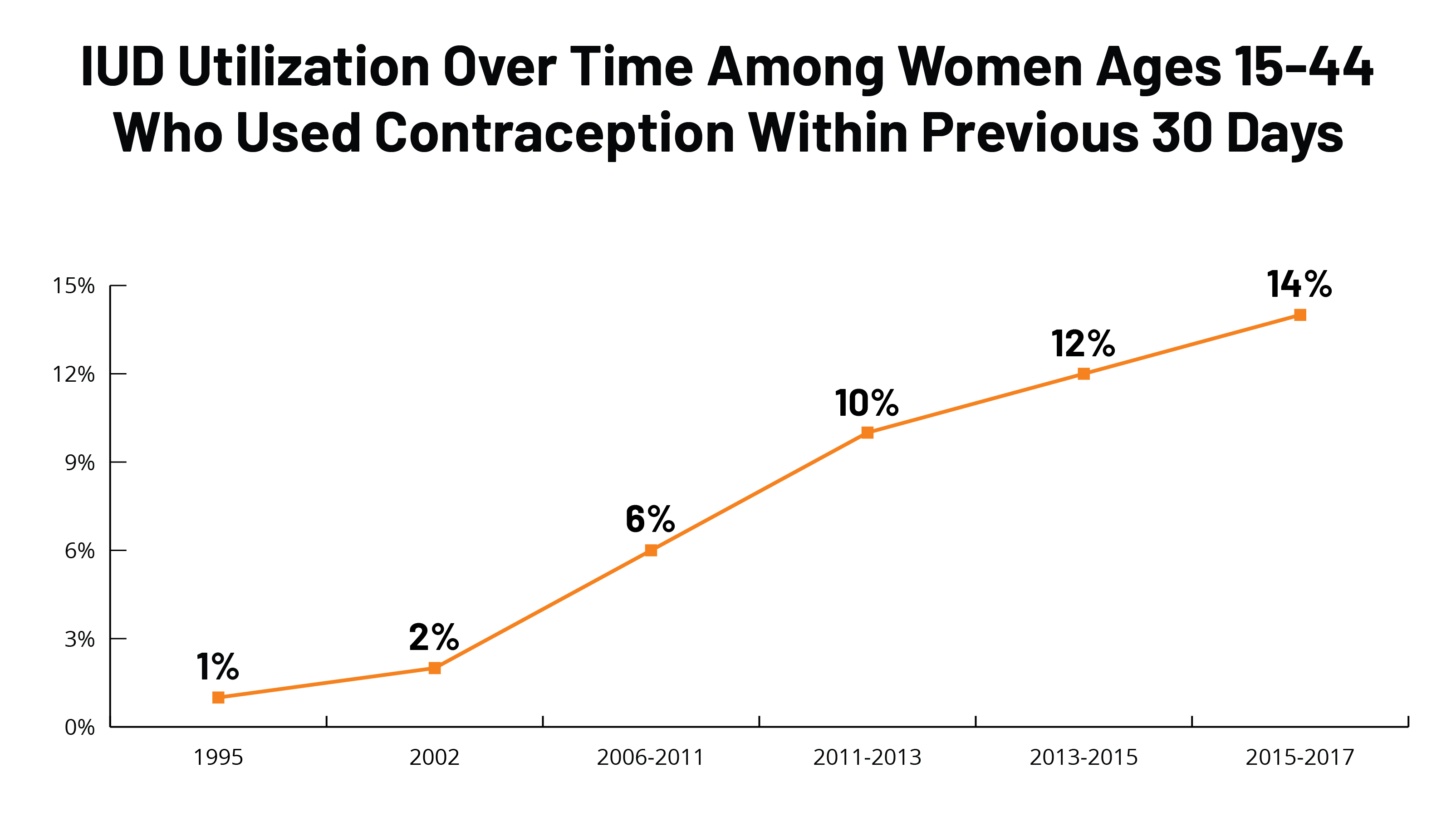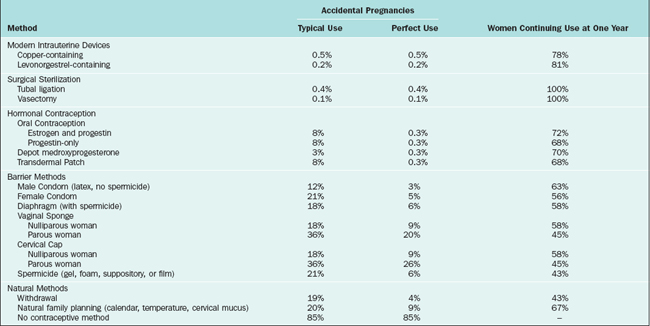By the end of the 6th year Mirena should be removed and replaced at the time of removal with a new system if continued use is desired. Cumulative 5-year pregnancy rate based on 13 pregnancies estimated by the Kaplan-Meier method was 145.
 In Which Clinical Situations Can The Use Of The 52 Mg Levonorgestrel Releasing Iud Mirena And The Tcu380a Copper Iud Paragard Be Extended Mdedge Obgyn
In Which Clinical Situations Can The Use Of The 52 Mg Levonorgestrel Releasing Iud Mirena And The Tcu380a Copper Iud Paragard Be Extended Mdedge Obgyn
The FDA approved using it for up to five years.

Mirena effectiveness rate. Mirena contains 52mg of levonorgestrel LNG which initially releases at a rate of approximately 20mcg LNG per day. Initially LNG is released at a rate of approximately 20 mcgday. A stable serum concentration without peaks and troughs of LNG of 150-200 pgmL occurs after the first few weeks following insertion of.
This rate decreases progressively to approximately 10 mcgday after 5 years and 9 mcgday after 6 years 1. This rate decreases progressively to half that value after 5 years. However if all the women in the study conceived in the first month the study would yield a Pearl Index of 1200 or 1300.
FSRH Clinical Effectiveness Unit. In 1966 two birth control statisticians advocated abandonment of the Pearl Index. It is intended for any health care professional or health service providing contraception or conception advice in the UK.
Over 5 years the pregnancy rate was roughly 07. Initially levonorgestrel is released at a rate of approximately 20 μgday. Mirena a plastic IUD which releases the hormone levonorgestrel to prevent pregnancy is advertised as effective for five years but is effective for at least seven years according to the review.
95 upper CL of 253. Nearly half 46 of reviewers said the Mirena coil neither improved or worsened their. This guideline was updated in.
Mirena is more than 99 percent effective at preventing pregnancy according to Bayer. Over 99 effective at preventing pregnancy for up to 6 years The first and only hormone-releasing IUD that is FDA-approved to treat heavy periodsalso known as heavy menstrual bleeding HMB for up to 5 years in women who choose an IUD for birth control. A Mirena IUD is one of the most effective forms of birth control Is over 99 effective at preventing pregnancy for up to 6 years Less than 1 pregnancy per 100 women in a year The first and only hormone-releasing IUD that is FDA-approved to treat.
The device releases the hormone at an initial rate of 20 μgday and declines to a rate of 14 μg after 5 years. Most of the hormone stays inside the uterus. The contraceptive efficacy of Mirena has been studied in 5 major clinical studies with 3330 women using Mirena.
This rate decreases progressively to approximately 10mcgday after 5 years and 9mcgday after 6 years. Although this rate decreases progressively to approximately 10mcgday after 5 years and 9mcgday after 6 years evidence demonstrated this dose is still highly effective at preventing pregnancy. Pearl Index of 016.
The failure rate Pearl Index was approximately 02 at 1 year and the cumulative failure rate was approximately 07 at 5 years. On the Pearl Index of contraception effectiveness the number of unintended pregnancies divided by 100 women-years the Mirena rated 006 and copper IUDs rated 052 Dr. This means that Mirena has a success rate of 993.
This guidance provides evidence-based recommendations and good practice points for health professionals on the use of intrauterine contraception IUC currently available in the UK. 95 upper CL of 058. For the Mirena coil more than half 57 of females said it stopped their periods completely but for the copper coil the majority 70 said their periods became heavier.
The Pearl Index is only accurate as a statistical estimation of per-year risk of pregnancy if the pregnancy rate in the study was very low. In another clinical study to evaluate the contraceptive efficacy of Mirena during extended use beyond 5 years the failure rate during Year 6. Pregnancy incidence rates were less than 008100 women-years with the Mirena and less than 056100 women-years with copper IUDs.
 How Do I Decide Between The Copper And Hormonal Iuds Contraception Choices
How Do I Decide Between The Copper And Hormonal Iuds Contraception Choices
 What Is An Iud The Ins And Outs Of The Intrauterine Device
What Is An Iud The Ins And Outs Of The Intrauterine Device
 Popularity Disparity Attitudes About The Iud In Europe And The United States Guttmacher Institute
Popularity Disparity Attitudes About The Iud In Europe And The United States Guttmacher Institute
The Iud The Best Form Of Birth Control Is The One No One Is Using
Biochemistry 101 Catalyst Magazine
 Intrauterine Devices Iuds Access For Women In The U S Kff
Intrauterine Devices Iuds Access For Women In The U S Kff
:no_upscale()/cdn.vox-cdn.com/uploads/chorus_asset/file/2482980/iud_chart.0.png) Why Gynecologists Think Iuds Are The Best Contraceptive Vox
Why Gynecologists Think Iuds Are The Best Contraceptive Vox
 Mirena Levonorgestrel Releasing Iud For Birth Control Uses Dosage Side Effects Interactions Warnings
Mirena Levonorgestrel Releasing Iud For Birth Control Uses Dosage Side Effects Interactions Warnings
 Mirena Side Effects Cysts Expulsion Iud Migration
Mirena Side Effects Cysts Expulsion Iud Migration
 Modern Concepts In Intrauterine Devices Clinical Gate
Modern Concepts In Intrauterine Devices Clinical Gate
 Intrauterine Devices Biotextiles 2015
Intrauterine Devices Biotextiles 2015
:max_bytes(150000):strip_icc()/kyleena-iud-4119899_final-3a6bc27b00794261afd8ed7effd88be1.png) Everything You Need To Know About Kyleena Iud
Everything You Need To Know About Kyleena Iud



No comments:
Post a Comment
Note: Only a member of this blog may post a comment.